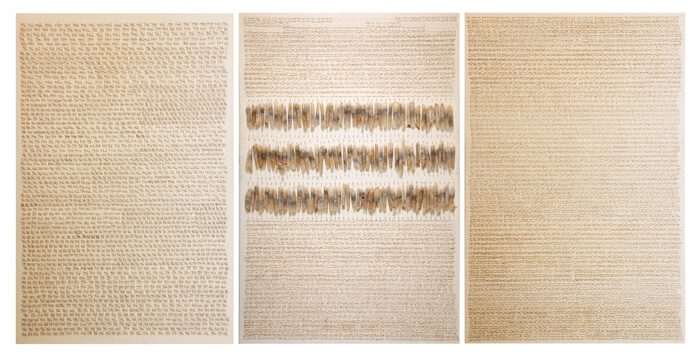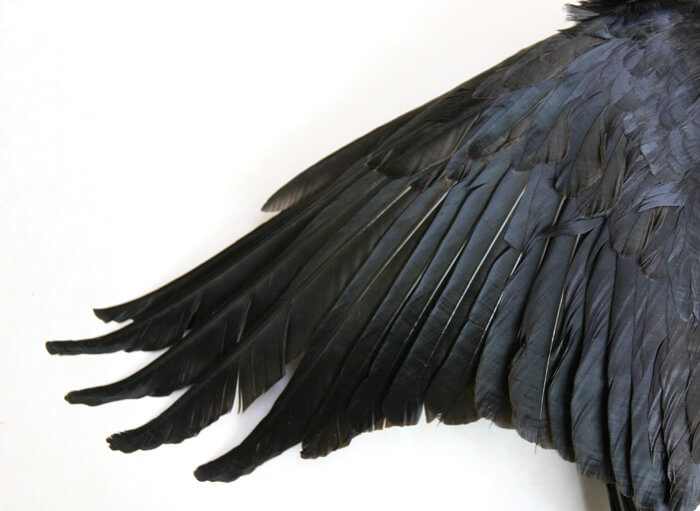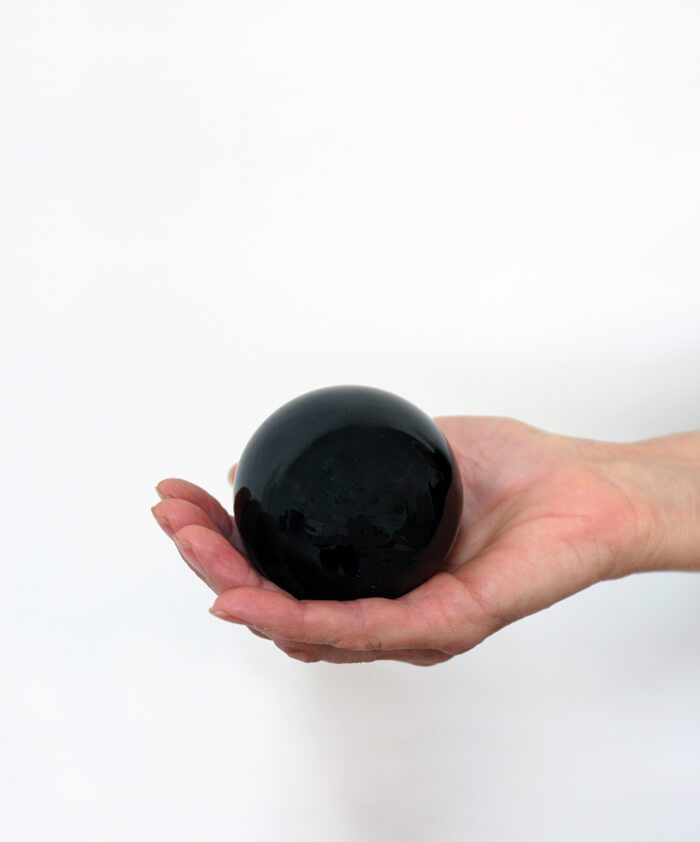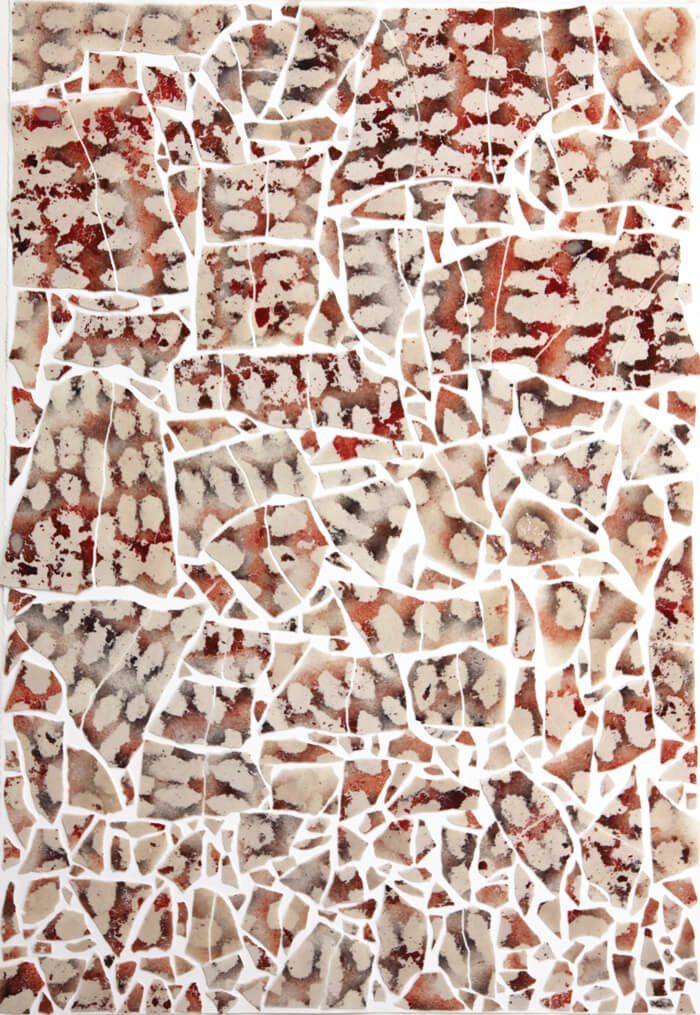
June 7 – September 15, 2019
Center for Contemporary Arts, Santa Fe
The Dream Life of Objects is a big show. A selection of work that spans decades and media fills the entirety of the CCA Tank Garage Gallery. This solo show is described by the artist, Judy Tuwaletstiwa, as a “visual poem,” where pieces are asked and allowed to interact with and inform one another. Tuwaletstiwa invites us to experience her work as an “introspective” instead of a retrospective. This wording is intentional, an essential roadmap (a gift from the artist) for how to engage with and integrate such a vast and diverse body of work. The invitation for introspection suggests that Tuwaletstiwa hopes to find, with the culmination of this show, yet deeper psychic terrain and connection between intersections of her life and work. The exhibition is a conversation of and for the artist, but one in which we as viewers are encouraged to actively participate.
The Dream Life of Objects is comprised of photographs, paintings, sculptures, objects, and assemblages, with a broad range of materials that include camel hair, glass, fiber, handmade paper, feathers, sticks, and bones. Tuwaletstiwa’s work is elemental, all of it, whether it directly recalls the natural world through texture and tone, or whether her affinity with the interconnectedness of nature and being is represented through carefully selected and arranged objects and ephemera. While it’s impossible to cover in detail every work in the show, there are, nonetheless, visible thematic relationships that can be discovered in surprising and seemingly disparate places. Following Tuwaletstiwa’s suggestion to view her work from a space of introspection, I’ll cautiously take the liberty of making my own explorations. From Continuing Painting 3 and Continuing Painting 3 offer insight into a unique painting practice. Tuwaletstiwa spent six months working on a single canvas, using photo documentation to chart the progress of the piece as a kind of living memory. Once deemed complete, she painted the canvas white, masking her six months of movement and mark making. This same process was repeated three times, and each completed painting was memorialized by a thick coat of first black, then red paint. Both the completed red painting and the seventy-two mounted photographs that portray sections of the work in evolution of form are on display.

Such devotion to process and deconstruction is paralleled and amplified in The Crow, twenty-five sculptural assemblages in which Tuwaletstiwa delicately and reverently rearranges the remains of a found dead crow into pieces that are at once both drawings and weavings. From Continuing Painting 3, Continuing Painting 3, and The Crow embody Tuwaletstiwa’s soulful dedication to balancing creation and deconstruction in work that takes on a completely ulterior form as a result of her process. It is reiterated through every piece in the show: how deeply Tuwaletstiwa is transformed by her relationship to objects. In an interactive piece, she shares copied images of some of her most valued object relationships and invites viewers to take resonant images, requesting that the viewer leave behind a personal story about an object in return. In sharing her practice of observing and forming bonds with objects and in asking viewers to in turn share with her, Tuwaletstiwa teaches us part of her intimate language with, and subsequently the power of, objects and material. This concept is protracted in Divination, a series of twenty-five blown-glass pieces where Tuwaletstiwa and artist Karen Willenbrink-Johnsen created abstract geometric shapes in response to the horrors of the Holocaust. Each object is a conceptual looking glass, holding the potential of illuminating and witnessing the unconscious. From the copied images of chosen objects, to the creation of her own, we see Tuwaletstiwa translating her love of form and object into an individual vocabulary of meaning and metaphor.
Tuwaletstiwa uses time well. Her densely layered work is evidence of a deep rhythm of process and discovering, one that can only have been honed over time, and with a steady and devoted practice. It is Tuwaletstiwa’s deep love of material and her willingness to engage with an open and present heart that has led her work in so many different directions. Avoiding the trappings of deep-career solo exhibitions, this show is not a declaration of feats accomplished but is rather an exploration of themes, processes, and material. Instead of offering a statement of “Here is what I’ve made,” Tuwaletsiwa appears to ask endlessly through the media of her work, “What have I been making? How and Why? Where does it next lead?” The Dream Life of Objects generously includes us in the current iteration of the conversation, and I can only look forward to the next installment.





